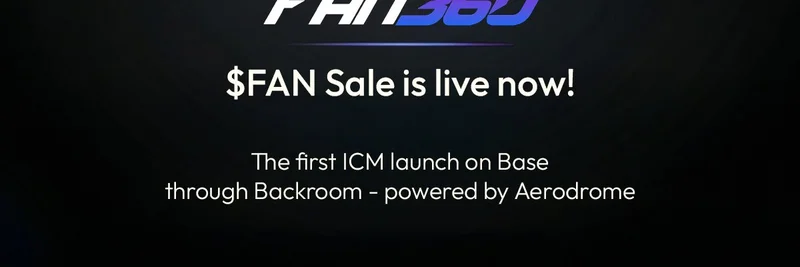Andrej Karpathy, the AI wizard behind projects at OpenAI and Tesla, recently dropped a thought-provoking thread on X that's got the tech world buzzing. In it, he reacts to a podcast featuring Richard Sutton, the godfather of reinforcement learning, and spins a fascinating analogy comparing Large Language Models (LLMs) to "ghosts" rather than "animals." For those new to the term, LLMs are the powerhouse AI systems like ChatGPT that generate human-like text based on massive datasets.
The thread kicks off with Karpathy reflecting on Sutton's classic essay, "The Bitter Lesson," which argues that AI progress comes from methods that leverage sheer computational power rather than human-like cleverness. It's a mantra in LLM circles—scale up the compute, and performance skyrockets. But Sutton himself isn't fully on board with LLMs fitting this bill perfectly. He points out they're trained on finite, human-generated data, which could introduce biases and limits. What happens when we run out of data? Karpathy finds this ironic and amusing, as LLM enthusiasts often cite the Bitter Lesson to justify their approaches.
Diving deeper, Karpathy contrasts two visions of AI. Sutton envisions a "child machine" that learns through real-world interaction, much like animals do via reinforcement learning—trial and error with rewards. There's no massive pre-training on internet text; it's all about ongoing, experiential learning. Karpathy agrees this is intriguing but questions if it's practical. He brings up examples like AlphaZero mastering Go from scratch, but notes games are simplified compared to messy reality. Animals, he argues, aren't true blank slates either—their brains come pre-wired by evolution, encoded in DNA.
This leads to Karpathy's killer line: "Stated plainly, today's frontier LLM research is not about building animals. It is about summoning ghosts." Ghosts, in this context, are digital echoes of humanity—statistical distillations of our online data, engineered and imperfect. They're not purely compute-driven but muddled with human influence. Yet, they might evolve or diverge in ways that transform the world, like how planes differ from birds.
In a follow-up post, Karpathy elaborates on why the ghost analogy resonates. It's digital, mysterious, and involves a "summoning" ritual on GPU clusters. He nods to cultural refs like "Ghost in the Machine" and even friendly spirits like Casper to soften the spooky vibe.
Now, why does this matter for meme tokens? In the wild world of crypto, memes aren't just laughs—they're liquidity magnets. Viral ideas from influencers like Karpathy can spark cultural phenomena that quickly morph into tokens. Think Dogecoin or PEPE; they started as jokes but ballooned into billion-dollar markets. Karpathy's "summoning ghosts" phrase is prime meme material—provocative, shareable, and ripe for remixing.
We've already seen ghost-themed meme tokens pop up in the ecosystem. For instance, Ghost Coin (GHOST) on the XRP Ledger markets itself as a "spooky and deflationary" token designed to "haunt" the blockchain. Similarly, there's a GHOST token on the Internet Computer protocol, touted as a potential "next Shiba Inu." While not directly spawned by Karpathy's thread, such concepts align perfectly. Imagine a new token like "GhostAI" or "KarpathyGhost" launching on Solana or Ethereum, riding the wave of this AI discourse.
This intersection of AI and memes highlights a broader trend in blockchain. As AI thought leaders generate buzzworthy analogies, they fuel the meme economy. For blockchain practitioners, it's a reminder to watch tech Twitter (or X) closely—today's hot take could be tomorrow's pump. Karpathy even experiments with forking the podcast transcript into ChatGPT for interactive Q&A, showing how these ideas can evolve dynamically.
If you're building in crypto, consider how AI memes could enhance your project. Intrinsic motivation, curiosity, and multi-agent play—concepts from Sutton's animal-inspired AI—might inspire decentralized apps or tokenomics that reward engagement. Meanwhile, the ghost analogy warns against over-relying on human data, pushing for more autonomous, compute-scaling systems.
Check out the original thread for the full scoop, and keep an eye on emerging tokens that might "summon" this vibe. In the meme token game, staying ahead means spotting the next cultural ghost before it materializes.


